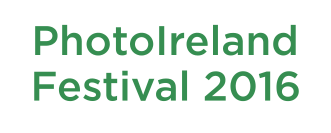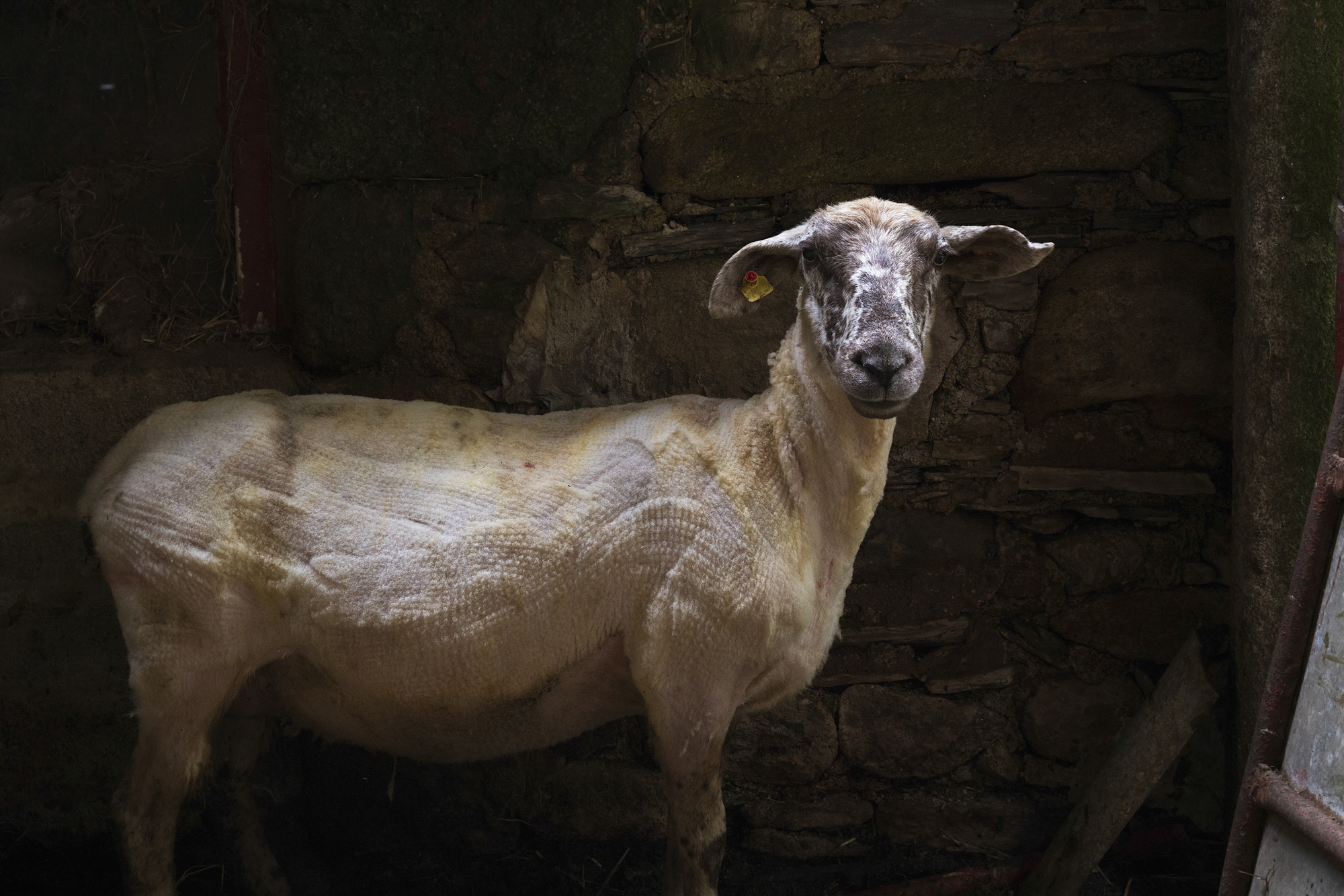This exhibition is the result of a 10 day residency that took place at Cow House Studios, Rathnure, County Wexford. Participating artists from all over the world came together for an intensive programme of workshops, shooting, printing, editing and making. The 11 participating artists worked individually and in collaboration during the residency, under the occasional guidance of visiting artists Karl Burke, Paul Gaffney, Miriam O’ Connor, Luna Dolezal and Fiona Hallinan, who facilitated workshops. The project was developed by PhotoIreland and Cow House Studios.
Together they thought about the traces of human presence on the landscape around us, about the marks left by industrial processes, the stones displaced by immortalising monuments, and the leftover signs of life that describe social interactions. They thought about what it means to capture these moments through photographic processes. The resulting work shows a selection of the fruits of this labour. From the dreamily contemplative to the tacitly playful, the work stands as testament to a very rich and productive period of taking in new sights, new sounds, new people, new techniques, and new ideas.
About the Artists
The participating artists are Abigail Taubman, Alex Westfall, Alexandra Huddleston, Alisha Doody, Aoife Shanahan, Christopher Bleuher, Deanna M Witman, John Cullen, Julia Mejnertsen, Rixt de Boer, and Tomoko Daido.
Deanna Witman is interested in process and time based methods of photography, and the capacity to capture and translate personal experience. Using lens-less pinhole techniques she attempts to visually describe the overwhelming connection and draw she felt towards the mountain as an ancient and physically persistent body in time and space. Abigail Taubman’s work succeeds in capturing and making strange moments, which might otherwise pass by unseen. Formally strong in composition, the work is compelling in its sci-fi like re-telling of ordinary moments. Rixt de Boer finds meaning in the subtlety of shapes and movements, reading the landscape as a physical structure with the power to witness and reflect the character of a people.
Alisha Doody’s work is an investigation of human interactions with the landscape. She visually articulates the impact of human movement through nature and space, describing our presence in what we leave, and what we take away. Alexandra Huddleston’s work explores the visible trace of human activity on the natural world, pinpointing moments of intersection and aftermath with a degree of clarity and definition rarely afforded to the naked eye.
John Cullen uses the camera to excavate the narrative potential of a scene. Through the poetic and sometimes theatrical framing of a location, depicting the notable absence of a protagonist, the work’s atmosphere conveys the hint of a story that reaches beyond the edges of the frame. Alex Westfall works auto-biographically to create a dreamlike world of subconscious apparitions, painterly visions and soft focus moments. Julia Mejnertsen’s work playfully captures patterns of camouflage and confusion, revealing the inherent disharmony of things being numerous. Tomoko Daido’s work reflects the precision of her sensibilities, alluding to a dark sense of humour, underpinned by a great depth of meaning.
Christopher Bleuher explores the idea of borders, boundaries and limitations in a way at once immersive and visually compelling. He experiments with techniques of representation to encompass and capture qualities of the natural world. Aoife Shanahan’s work offers a deconstructed view of the natural world around us. Through editing and developing she reshapes and sharpens nature’s everyday chaos, to present a vision rich in contrast – positive and negative space, light and dark shadows. The result is a graphic imprint of a natural code.
With special thanks to OPW The Office of Public Works and the staff at Rathfarnham Castle for their kind support, in particular to Catherine O’Connor.

